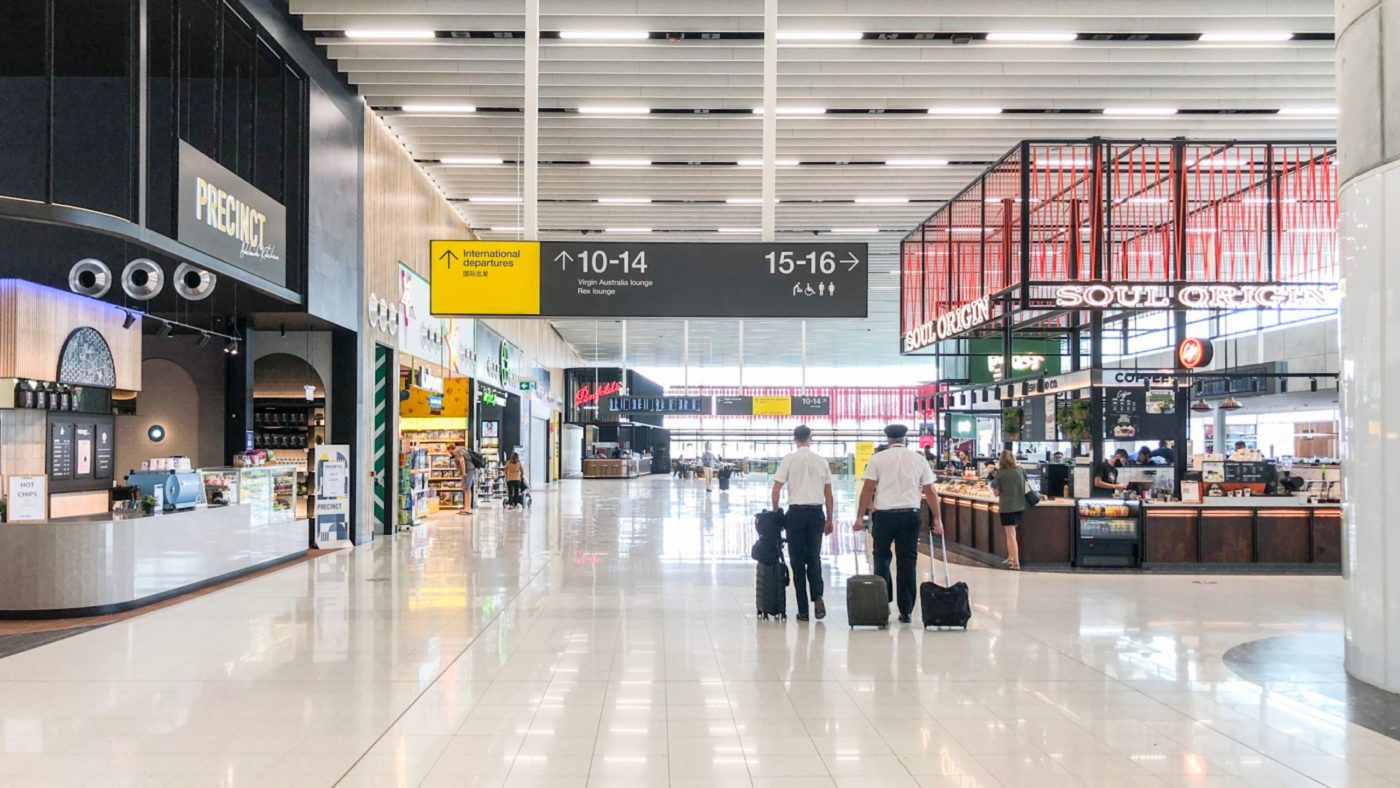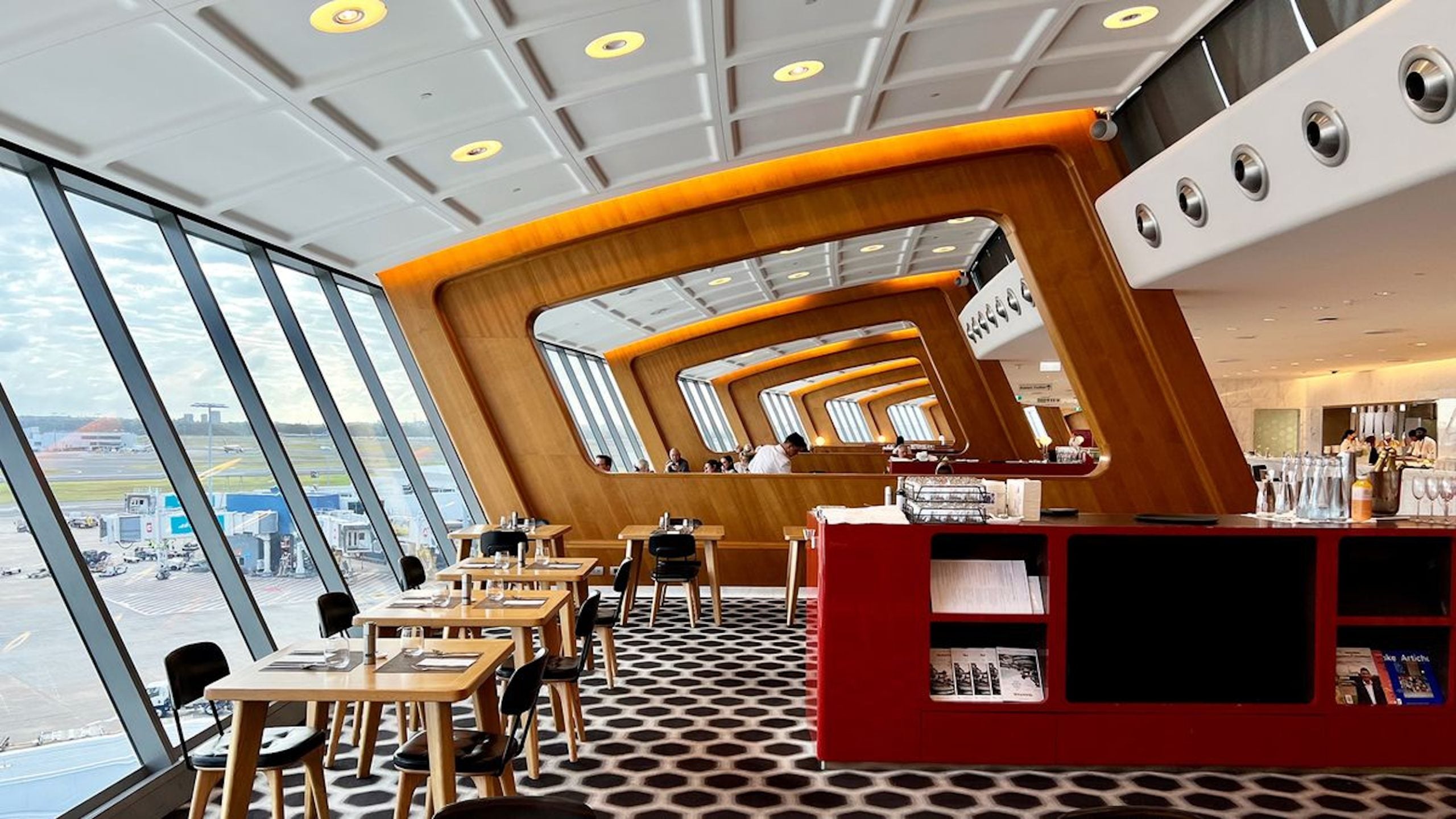- We evaluate Australia’s five major international airports on six key criteria.
- There are significant differences in how these airports cater to travellers.
- The rankings unveil which airports offer the best experience and which need improvement.
For most people, moving through Australia’s airports is never particularly pleasant. Although Australia’s five biggest international airports aren’t terrible by world standards, they aren’t going to win any awards either.
This look at the international terminal experience at Sydney, Melbourne, Brisbane, Perth, and Adelaide Airports is based on six criteria: access, connectivity, ease of international/domestic transits, ambience, lounges, and terminal facilities to discover Australia’s worst international airport.
Airport Accessibility: How Easily Can You Reach Each International Hub?
Good airports have easy and affordable access options. Sydney, Brisbane, and Perth kick goals with heavy rail into the CBD, although Sydney and Brisbane place hefty surcharges on the ticket price for using the airport station and in Brisbane’s case, services are often infrequent. Perth nails it on cost and frequency but there is no station on the Qantas side of the airfield — a big drawback.
Melbourne and Adelaide don’t have rail links to the airport, although Melbourne does have the high-frequency but pricy SkyBus service that does the trick if you are heading into the city or inner ring but is a bit useless anywhere else. Adelaide is perhaps the most deficient airport in terms of access, relying on regular public transport bus services. They are called ‘jet buses’ or something like that, but they are just suburban buses.
Flight Connectivity: Direct Destinations from Australia’s Airports
Good airports also have good connectivity, and Sydney wins hands down, with direct flights to 113 airports. It is followed by Brisbane (100 airports), Melbourne (78 airports), Perth (67 airports), and Adelaide (38 airports). Brisbane gets a kick-along because of the large number of intrastate flights from there, while Sydney has the benefit of many intrastate, interstate, and international flights.
Adelaide falls down because it is relatively poorly served by international airlines, including Qantas, who don’t fly internationally from the city. But while it is the worst of the major airports in terms of connectivity, it is improving with Emirates and China Eastern returning to town.
Related Stories
Seamless Terminal Transfers: Navigating Between Domestic and International Flights
Domestic/international transit is another pain point that good airports try to make easy. Adelaide wins simply because it is the most user-friendly and modern of the five biggest airports and keeps everything under one roof. Melbourne also ranks well here because its four terminals are just one terminal, and you can walk between domestic and international flights without stepping outside.
Brisbane, Perth, and Sydney all have international terminals some distance from the domestic terminals. However, while a pain, it is relatively easy to transfer in Sydney and Brisbane with rail, bus, and road options unless you travel with large amounts of luggage. Perth is the worst airport for domestic/international transfers because the Qantas precinct is on the far side of the airport from the international terminal, and as previously noted, the new train doesn’t link the two.
Airport Ambience: Bright and Modern vs. Dull and Overcrowded
Once inside, good airports care about ambience. Why does ambience matter? It sets the mood. Standing in a light-filled modern terminal (e.g., Adelaide and Brisbane) is a far nicer proposition than standing at Gate 9 in Melbourne’s international terminal. Adelaide and Brisbane do decent jobs of making their terminals reasonably pleasant places. Sydney and Perth are less so. Melbourne, simply because the airport is so architecturally dingy, is the worst airport in terms of ambience.

Airports generally put their front foot forward trying to make their departure spaces pleasant but often ignore the arrivals process, which is underwhelming at all five airports. That’s partly the airport’s fault and partly Border Force’s fault, with their idiotic re-entry process, often surly staff, and out-of-action e-gates.
Lounge Quality: Premium Amenities vs. Standard Offerings
Lounges, if you’ve got access, matter. All five airports have lounges although in the case of Adelaide, just a Plaza Premium… but it is brand new and pretty darned good. Sydney wins because the Qantas First Lounge is so good, but only a tiny cohort of travellers can access it. This is fine if you are in that cohort, but not fine if you are not.

Aside from Adelaide, the remaining airports have a solid selection of lounges, including always reliable flop and drop spaces courtesy of carriers like Emirates, Singapore, and Air New Zealand. The worst of the five airports for lounges? DMARGE hands it to Melbourne. Sure, it’s got a small Qantas First lounge, but the rest of its lounges are very mid-tier, and, in the case of the Qantas business lounge in the basement, definitely sub-mid-tier. Lounges are part of an airport’s ambience, and in the case of Melbourne Tullamarine, it’s a weak point.
Terminal Amenities: Essential Facilities for All Travelers
What if, God forbid, you don’t have lounge access? Good airports have better F&B options than Hungry Jacks, WiFi, ample toilets (bonus points for showers), water refill stations, a decent range of retail, and plenty of seating that is comfortable enough to snooze on. It goes without saying that good airports keep their spaces clean and tidy.

We’ll give Adelaide a free pass here because its international space is so small it’s unfair to compare it to the bigger airports. But all the airports have made significant gains in recent years regarding airport facilities, especially in airside departures. The worst? If you had to pick, the award goes to Melbourne. Why? That departures pier is cramped and gets so crowded, and if you are looking for somewhere half decent to sit for an hour or two other than a fixed-in-place departure gate chair or restaurant or bar, good luck.
Our Final Verdict
Everybody’s airport experience will vary, but on these six criteria, Brisbane Airport emerges as Australia’s best international airport for several reasons: it offers easy access to the CBD via heavy rail, direct flights to 100 destinations, and improved terminal facilities that cater to both lounge and non-lounge guests. Melbourne is Australia’s worst major international airport, lacking a direct rail link, falling behind other airports regarding direct flights, and the departures area is cramped and often overcrowded.
